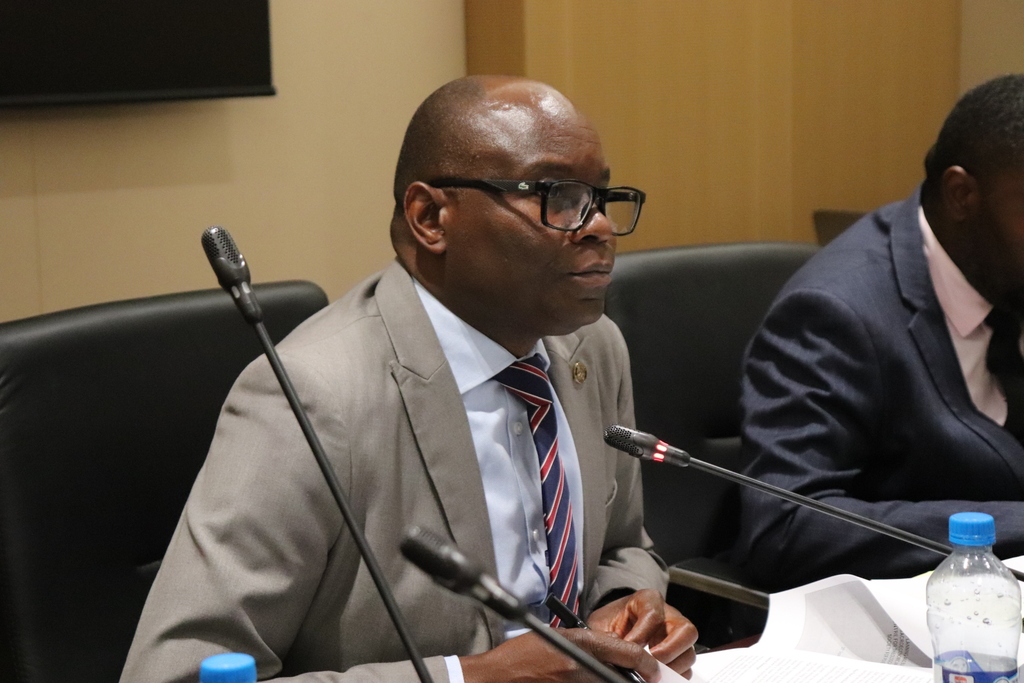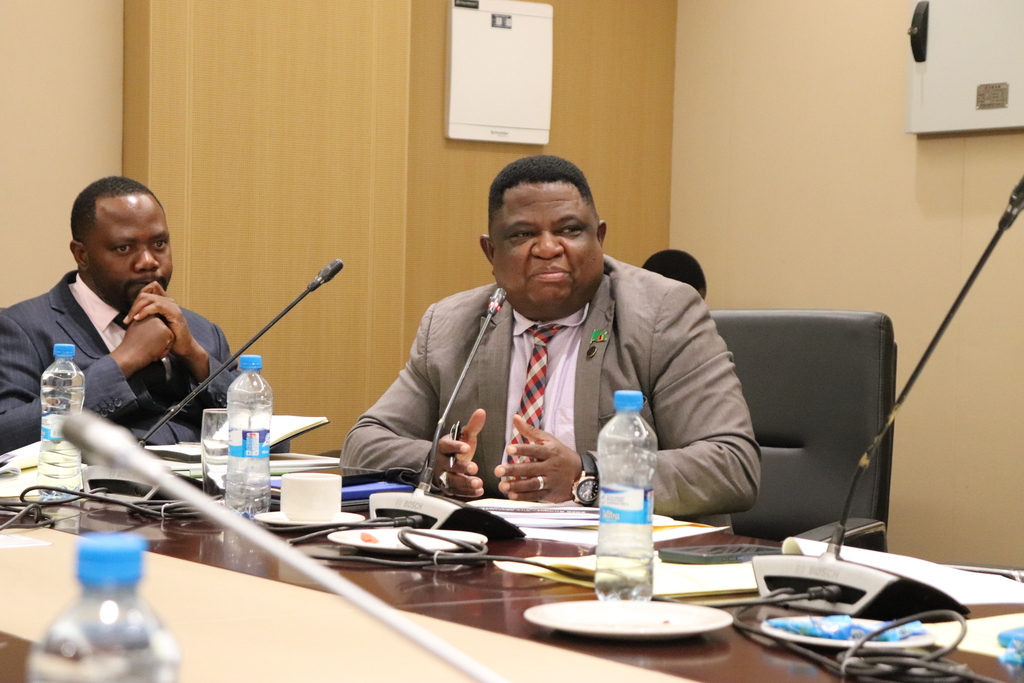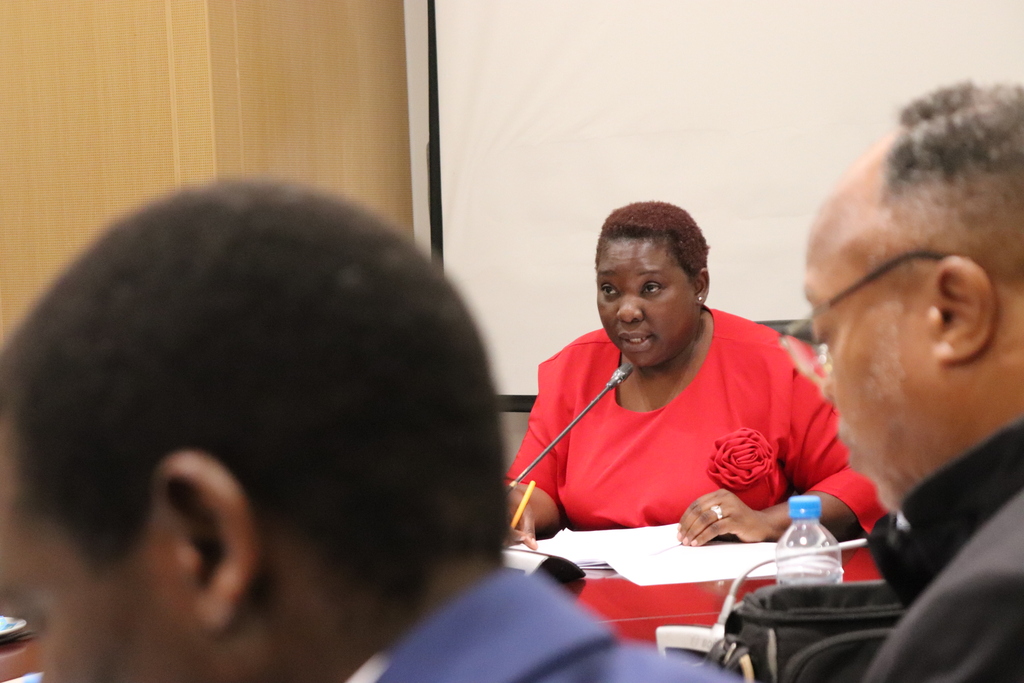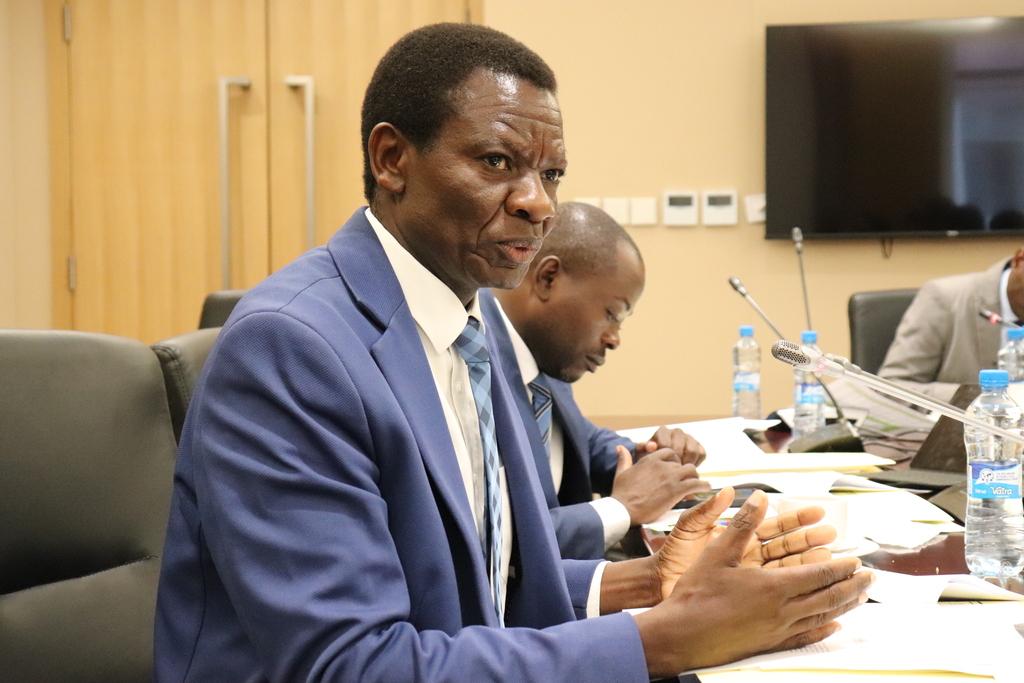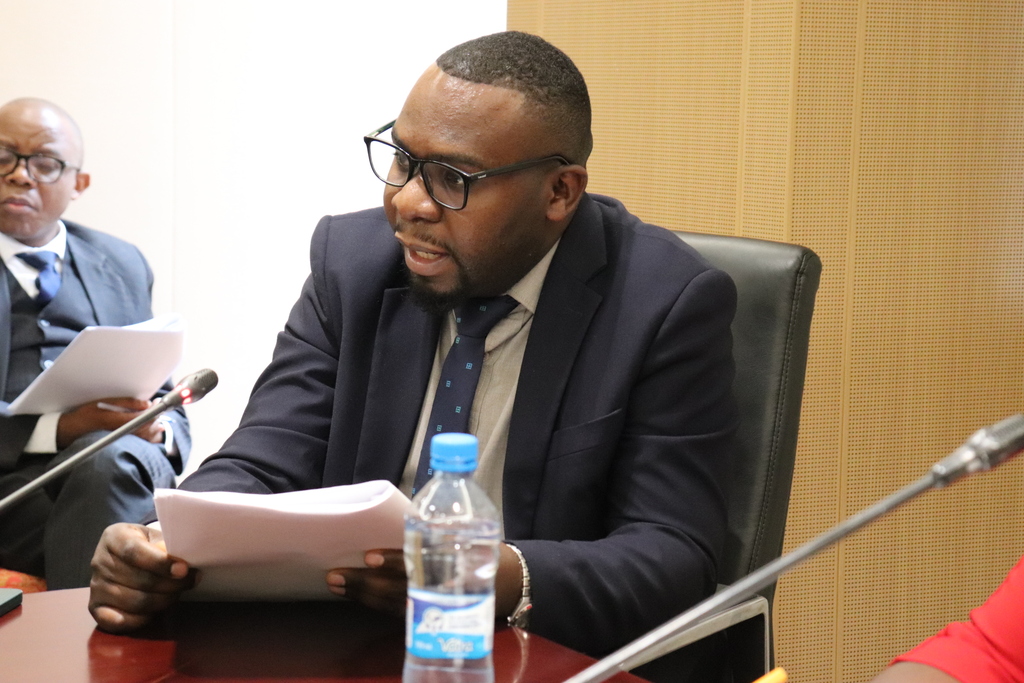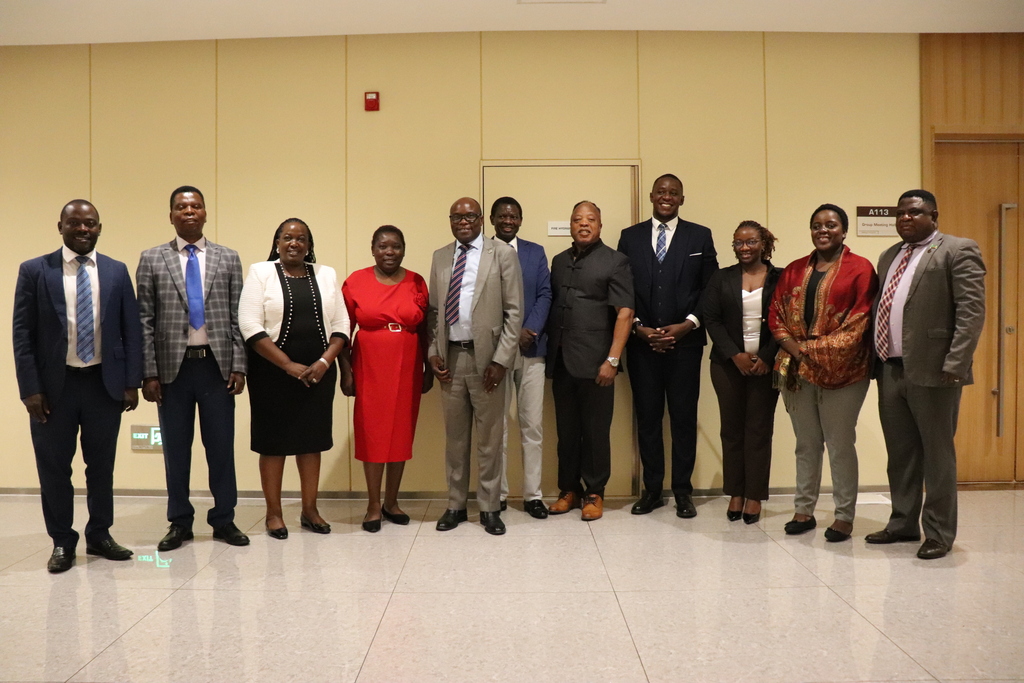
Published: September 30, 2025
Authors: Jesuit Centre for Theological Reflection (JCTR) & Civil Society for Poverty Reduction (CSPR)
Summary
On 30 September 2025 JCTR and CSPR presented a joint submission to the Parliamentary Planning and Budgeting Committee reviewing the Government of Zambia’s 2026 macroeconomic and fiscal framework. The submission recognises important improvements in macro stability — lower inflation trends compared with earlier peaks, improved foreign-exchange reserves and significant progress in debt restructuring — but cautions that those gains are fragile and may not automatically translate into sustained poverty reduction, inclusive growth or improved household welfare. The submission therefore assesses the macro projections and fiscal choices underpinning the 2026 budget and sets out practical recommendations to safeguard debt sustainability while protecting vulnerable households and enabling growth outside the mining sector.
Context and macroeconomic backdrop
The 2026 budget is presented as the closing-year budget of the Eighth National Development Plan (8NDP, 2022–2026). It is an expansionary budget in nominal terms: total expenditure is projected at ZMW253.1 billion (approximately a 14% nominal increase from the previous year). The budget is largely domestically financed and assumes continued improvements in copper revenues, a stabilising exchange rate and strengthened reserves. The economy is also managing the imminent wind-down of the IMF Extended Credit Facility (ECF), and the submission notes that Zambia’s debt restructuring process is reported to be close to completion.
These contextual elements — stronger reserves, reduced inflationary pressure compared with prior highs, and a near-complete debt restructuring — are positive. Yet they also create policy dilemmas: how to preserve macro gains while freeing fiscal space for social services, climate resilience and non-mining private-sector development.
Macroeconomic outlook: growth, inflation and reserves
Growth. The 2026 framework projects robust output growth (the government’s projection is around 6.4% for 2026). This projection is higher than the 8NDP target and reflects an optimistic mining sector outlook, notably copper production and prices. The submission cautions that the growth path remains concentrated: realisation of the projection depends largely on mining performance rather than a broad-based multisector expansion. Overreliance on copper exposes the forecast to commodity-price risk and to domestic infrastructure or climate shocks that can constrain mining and power generation.
Inflation. The government targets a 6–8% inflation band for 2026. Recent outturns were higher: inflation reached double digits in 2024 and remained elevated in 2025 (the submission reports 12.3% as of 30 September 2025). The submission highlights that achieving the 6–8% target will require a combination of prudent monetary policy and non-monetary measures to tackle supply-side pressures and fiscal expansion risks.
Reserves. Gross international reserves are expected to remain adequate (the 2026 target is around four months of import cover). The submission notes that while reserves have improved — partly due to commodity flows and IMF support — sustaining that position after the ECF wind-down will depend on continued fiscal discipline and export diversification.
Fiscal framework and revenue composition
The 2026 budget is notable for its size and for the emphasis on domestic financing:
Total expenditure | ZMW253.09 billion | (approx. 27.4% of GDP). |
Total domestic revenue | ZMW206.5 billion | (approx. 22.3% of GDP). |
Projected fiscal deficit | ZMW34.49 billion | (to be financed by ZMW21.62 billion domestic financing and ZMW12.87 billion external financing). |
The submission sets out the composition of domestic revenue: total tax revenue is projected at ZMW165.8 billion (about 80.3% of domestic revenue), with major tax heads including income tax (corporate, PAYE and withholding), VAT, and customs & excise. Non-tax revenue is projected to account for roughly 19.7% of domestic revenue. The analysis underlines that domestic revenue mobilisation must not be pursued in ways that are regressive or that unduly burden vulnerable households.
Debt profile and sustainability risks
Debt dynamics are the most significant constraint identified in the submission.
Although the submission acknowledges progress on external debt restructuring (reported as broadly complete), it warns that the country remains vulnerable to exchange-rate swings, copper-price shocks and potential financing gaps after the ECF wind-down. The submission therefore argues that debt management must remain the central pillar of macro-fiscal policy to protect social and capital spending.
Socio-economic implications: who bears the cost?
The submission emphasises distributional and poverty implications of the fiscal choices:
Priority recommendations
JCTR and CSPR present targeted recommendations to make the 2026 framework more resilient, equitable and growth-friendly. The principal recommendations are:
Conclusion
Zambia’s recent macroeconomic indicators show encouraging movement away from earlier instability. However, the submission from JCTR and CSPR underlines a central truth: stability is necessary but not sufficient. Without deliberate reallocation of resources, rigorous debt management and safeguards for vulnerable households, macro gains will not convert into improved livelihoods for most Zambians.
The 2026 budget therefore presents a critical policy moment. Government choices in debt operations, revenue design and public-investment prioritisation must be disciplined and equitable. If implemented carefully, the 2026 framework can protect stability and create a platform for more inclusive and resilient growth. If not, the consequences will be felt most by the poor and those reliant on public services.
